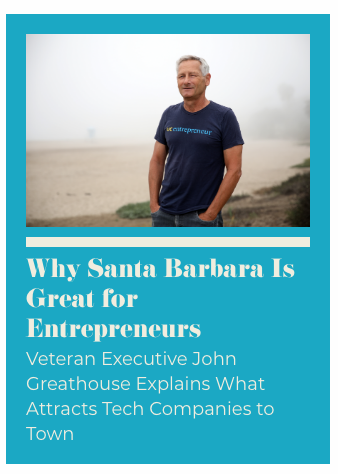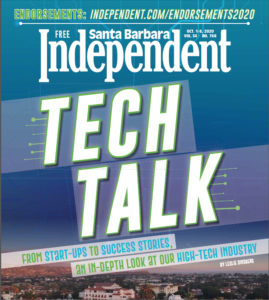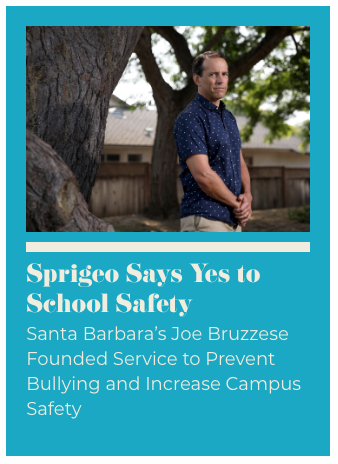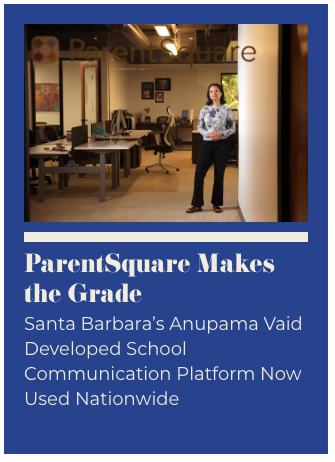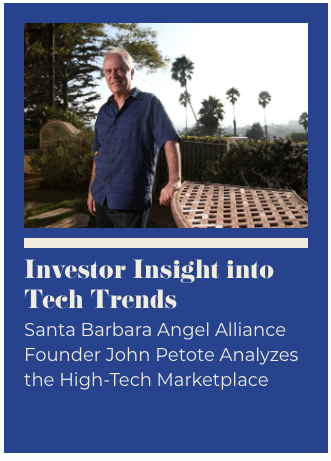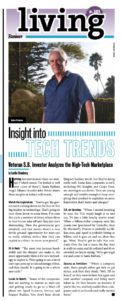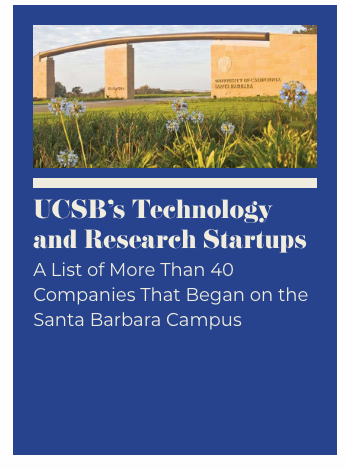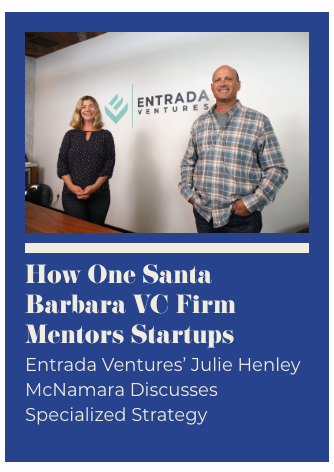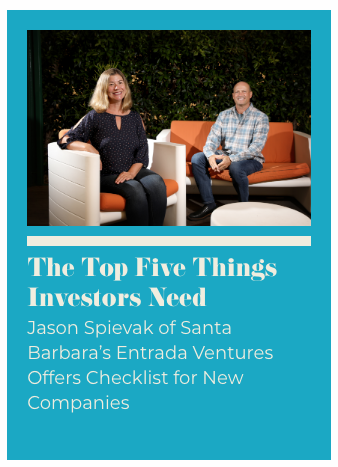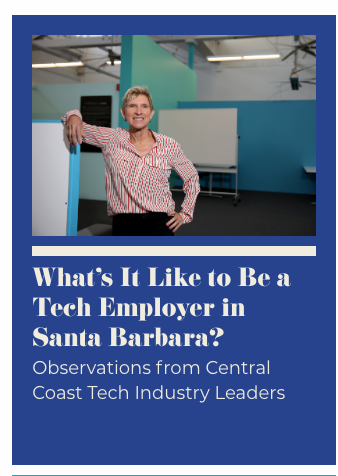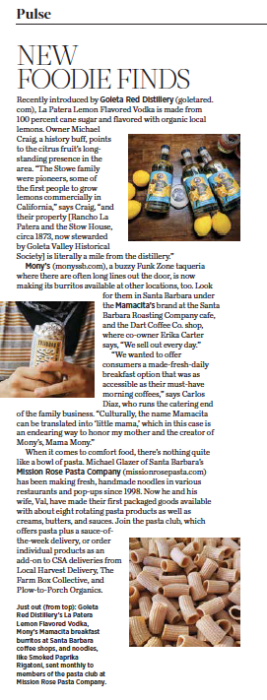From the Santa Barbara tech boom’s earliest successes (Computer Motion, Expertcity, GotoMeeting) to some of the area’s most promising businesses (Invoca, HG Insights) and early investment funds (Entrada Ventures, Rincon Venture Partners) — not to mention teaching at UCSB’s Technology Management Program and writing regularly about entrepreneurs for Forbes — John Greathouse is a veteran of the region’s tech sector, serving as an executive, board member, and investor since the early 1990s.
He recalls a time when there was a belief that building a tech career in Santa Barbara meant compromising on some level. “I never bought that argument, but people made it,” said Greathouse, who recruited many people over the years, some of whom would wonder what would happen if it didn’t work out. “I wouldn’t want to hire the person who is worried about that, though it’s a reasonable concern,” he laughed.
“But there are plenty of places in town, and once you get a great reputation in Santa Barbara, it’s actually easier. You don’t even have to put your résumé out there — people are going to hear about you.”
The concerns evolved into finding spouses jobs, but that stopped about six years ago. “I would hear the opposite,” he said, “‘I can’t believe how much is here.’”
He sees a lot of similarities between people who choose to work in Kauai. “For the most part, they are there because they want to be there, and they’re making it work,” he explained. “It’s a concerted initiative to live in that place. What comes with that is a certain joy. In Hawai‘i, there’s a real aloha, where people are just happy that they’re here and are able to make it work. To some extent, we have that in Santa Barbara.”
That aloha sensibility doesn’t appeal to everyone. “It’s not a one-size-fits-all mentality, and that’s fine,” he admitted. “But I think for the folks it does work with, it feeds off itself, and we’ve been able to create this very collegiate, very congenial community that’s really willing to help each other and is much less sharp elbowed and worried about somebody taking something from them.”
For him, success is all about the people. “Great people can turn a marginal opportunity into a fantastic one,” he explained. “It’s all about making sure you start out with a great core team, and then you’ll deal with the vagaries of the market. If you have the right team, they’ll be the winners.” Concluded Greathouse, “I feel really bullish about Santa Barbara long-term.” johngreathouse.com
Tech Talk Special Issue for the Santa Barbara Independent, originally published on October 1, 2020.
To read the issue as it appeared in print, please click here, Tech Talk 768_10_01_20

